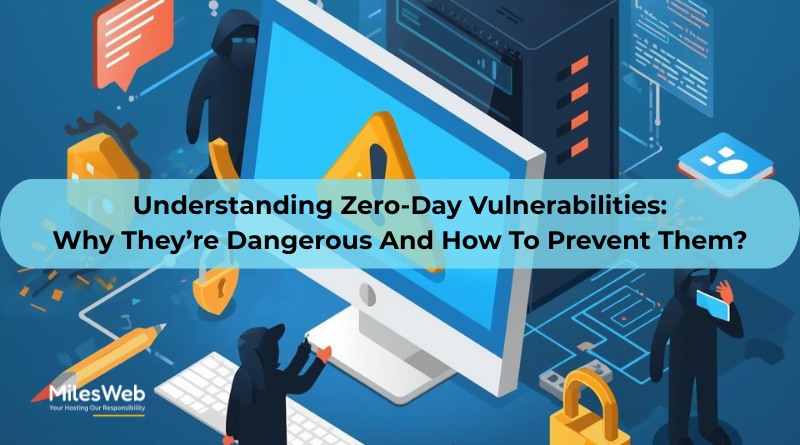Email is one of the most powerful ways to reach people when you launch a new product. It feels direct and personal.
People check their email every day. If your email is done well, it can bring a lot of attention and sales. But if it feels dull or confusing, people will ignore it.
The good news is that writing a great product launch email is not as hard as it seems. You just need the right approach and a few simple steps to make it work.
Why Product Launch Emails Work So Well
People like to be the first to know about something new. It makes them feel special. When you send a product launch email, you are talking to people who already care about what you do. They signed up because they want updates.
That means they are more likely to open your email and take action. This is why email often works better than social media for launches. Social posts disappear fast, but emails stay in the inbox until the person opens them. That gives you more chances to connect.
Another reason emails work is that you control the whole message. You can decide the words, the images, and the timing.
You don’t have to worry about an algorithm hiding your news. If your subject line is good and your email feels clear and friendly, people will read it. They might even share it with others who are interested.
What Makes a Great Product Launch Email Sample Stand Out
When you write a product launch email, you want it to feel exciting but simple. The best emails are short and clear.
They tell the reader what’s new and why they should care. They also make it easy to take the next step. That step could be buying the product, signing up for a waitlist, or watching a demo.
Here are a few things that make an email stand out:
- A subject line that grabs attention without sounding fake.
- A headline that makes the product sound useful or fun.
- A short explanation of what the product does.
- A picture or a quick video that shows the product in action.
- A clear button or link so the person knows what to do next.
If you want ideas, look for a product launch email sample from brands you like. See what they did well. Notice how they talk to the reader and how they make it easy to click. You don’t have to copy, but it helps to study what works.
Tips to Make Your Email More Fun
Even if your product is serious, your email doesn’t have to sound boring. People enjoy a little personality in the way you write.
You can use friendly language. You can make small jokes if they fit your brand. You can use emojis if they feel natural for your audience. Just don’t overdo it. The goal is to sound like a person, not a robot or a salesperson.
Another way to make your email fun is by showing the story behind the product. People like to know why you made it.
Did you have a big idea in the middle of the night? Did someone ask for this product and you decided to create it? Tell that story in a few lines. It makes your email feel personal and real.
You can also create a sense of excitement by using words that make people feel like something special is happening. Phrases like “We’ve been waiting to share this with you” or “It’s finally here” work well. They build curiosity without sounding fake.
Keep It Clear and Easy
When you finish writing your email, read it out loud. Does it sound simple and friendly? Or does it sound heavy and hard to read? If it feels too long, cut extra words. If your main point is not clear in the first few lines, rewrite it.
People don’t read long emails during a busy day. They skim. So make sure they can get the idea fast.
The design also matters. Use short paragraphs. Add space between sections so the email feels easy on the eyes. If you add pictures, make sure they look good on phones too.
Many people read emails on mobile devices. A messy layout can make them close the email before they even read it.
Final Thoughts
A great product launch email is friendly, clear, and exciting. It makes people want to click and learn more. It does not need fancy words or tricks. Just write like you are talking to someone who cares about what you made.
Show them why it is worth their time. If you do that, your email will get attention—and maybe even a lot of happy customers.




